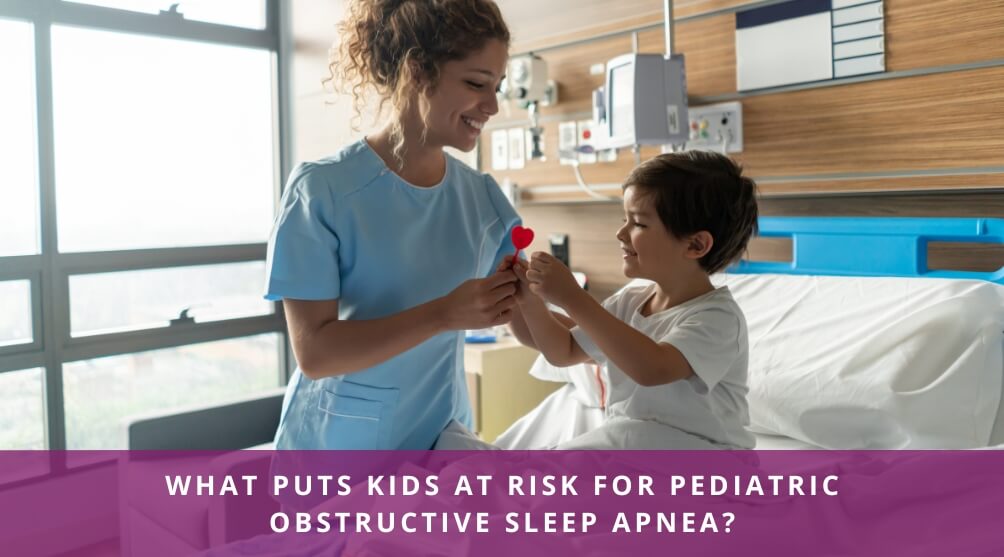What Puts Kids at Risk for Pediatric Obstructive Sleep Apnea?
Pediatric obstructive sleep apnea is a sleep disorder where breathing is entirely or partially blocked in children when they are asleep. The condition occurs because the upper airway is blocked or narrow during sleep.
To learn more about pediatric obstructive sleep apnea risk factors and pediatric obstructive sleep apnea surgery cost, visit our team at Richardsons Dental and Craniofacial Hospital. We will be happy to guide you through the process, including pediatric obstructive sleep apnea treatment and pediatric obstructive sleep apnea surgery. We promise to provide the best treatment for your condition.
Some of the symptoms and signs that are indicative of pediatric obstructive sleep apnea include bedwetting, morning headaches, growth issues, poor academic performance, excessive daytime sleepiness, sweating during sleep, being irritable, not being able to focus in school, restless sleep, sleeping in weird positions, loud snoring, and breathing through the mouth while sleeping.
Pediatric obstructive sleep apnea can occur due to numerous reasons, including obesity, low muscle tone (neuromuscular diseases), high muscle tone (cerebral palsy), retrognathia, a growth or tumor in the airway, a narrow facial bone structure, and a history of cleft palate or pharyngeal flap surgery. The condition is more commonly seen in kids with conditions such as Down syndrome, asthma, nasal allergies, frequent upper airway infections, and stomach acid reflux.

Pediatric Obstructive Sleep Apnea Risk Factors
Pediatric obstructive sleep apnea can lead to severe complications, such as death and heart problems, and even affect physical growth. The presence of certain conditions makes children more susceptible to pediatric obstructive sleep apnea. This includes kids with Down Syndrome, cerebral palsy, neuromuscular disease, sickle cell disease, a history of low birth weight, abnormalities in the face or skull, and a family history of obstructive sleep apnea.
How to Diagnose Pediatric Obstructive Sleep Apnea?
After a doctor detects that your child has obstructive sleep apnea, they will probably refer them to a sleep specialist, who will collect your child’s medical history and conduct a physical examination. They might also proceed to other steps to determine the severity of their condition, such as getting their sleep history to check the report of their nightly sleeping pattern and doing an upper airway evaluation through an instrument or x-ray.
Your child could be recommended to get a sleep study. Also known as a polysomnogram, this test is usually conducted in the presence of an adult caretaker in a sleep laboratory with a specialized bedroom. The test measures your child’s heart rate, brain activity, the content of oxygen and carbon dioxide in the blood, the amount of airflow through the mouth and nose, chest and abdominal wall movement, muscle activity, and sleep interruptions. A technician helps in monitoring the situation and taking the sensors off the child whenever required.

